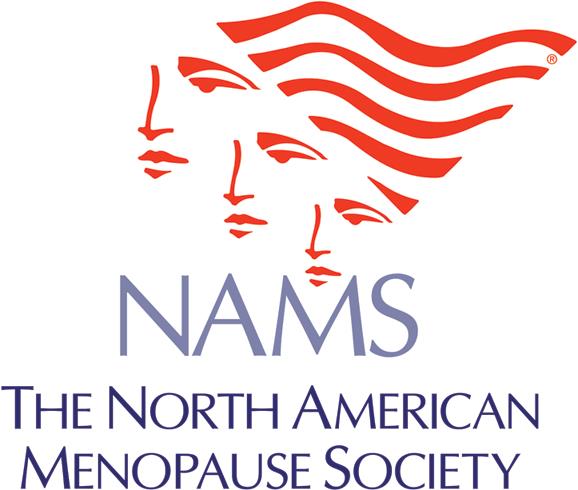By: Red Hot Mamas
Published: March 30, 2016
Blood Clot Risk Lower for Estrogen-only, Transdermal, and
Vaginal Estrogen at Menopause
CLEVELAND, Ohio (Wednesday, March 30, 2016)—A Swedish population study is helping answer
lingering questions about hormone therapy safety. Published online today in Menopause, the journal of
The North American Menopause Society, the study shows that estrogen-only therapy carries a lower risk
of blood clots than combined estrogen-progestogen therapy, but there is no significantly increased risk of
clots with combination therapy when the estrogen is transdermal, and vaginal estrogen doesn’t raise the
risk at all.
Blood clots, or “venous thromboembolism” (VTE), can have serious consequences, such as pulmonary
embolism (blood clots to the lung). The risk of having them is known to be higher in women who use
hormone therapy. In 2002, the Women’s Health Initiative (WHI) showed that oral hormone therapy at a
standard dose, whether estrogen alone or estrogen combined with progestogen, increased the risk of both
VTE and pulmonary embolism. And the WHI confirmed that the greatest risk of VTE occurs during the first
year of treatment. Since that time, various studies have tried to address the question of whether lower doses
or transdermal doses (through the skin) might carry lower risk, but the answers have not been clear. This
large population study of more than 800 Swedish women who had VTEs and nearly 900 age-matched
controls who took no hormones is helping answer those questions.
In this study, risk of having VTE was almost twofold higher (OR 1.72) in the women who took hormones
than in those who took no hormones, which is similar to other studies, including the WHI. What’s more,
women who took combined estrogen-progestogen therapy had nearly three times the VTE risk of those
who took no hormones. Women who took estrogen only (because they had had hysterectomies and didn’t
need a progestogen) had a much lower overall increase in their odds of VTE—a little less than one and
half times higher (OR 1.31) compared with those who took no hormones. Women using combined
estrogen-progestogen had a twofold higher risk of VTE than those taking estrogen only.
However, this study had good news about the way estrogen is delivered. There was no increased risk of
VTE in this study for women who used transdermal estrogen (such as patches), either alone or in
combination with a progestogen. And women who used vaginal estrogen alone to ease vaginal dryness
and other symptoms of genitourinary syndrome of menopause (GSM) also had no increased risk of VTE.
Many menopause experts don’t expect vaginal estrogen to raise the risk because absorption into the
bloodstream is small and results in levels similar to those in postmenopausal women who use no
hormones. But studies on this question have been rare, noted the authors, so this finding is a big help for
decision making.
Whether the type of progestogen makes a difference in risk has also been an important question for
women and clinicians, and there haven’t been many studies on this. Some imply that the VTE risk is
higher with medroxyprogesterone acetate (the progestogen used in the WHI) than with norgestrel. But
this study didn’t show any statistically significant difference in risk between the two synthetic progestins.
What it did show was that having a uterus and taking both oral estrogen and a synthetic progestin
increased the risk of VTE the most, particularly compared with estrogen only.
“This study adds to our knowledge that transdermal estrogen therapies are safer than oral, and that
different estrogen or progestogen combinations may have different risks,” says NAMS Executive Director
JoAnn V. Pinkerton, MD, NCMP. “The lack of blood clots with transdermal estrogen and with vaginal
estrogen is very reassuring for women who need to continue taking hormones as they age when risk of
blood clots increases.”
Founded in 1989, The North American Menopause Society (NAMS) is North America’s leading
nonprofit organization dedicated to promoting the health and quality of life of all women during midlife
and beyond through an understanding of menopause and healthy aging. Its multidisciplinary membership
of 2,000 leaders in the field—including clinical and basic science experts from medicine, nursing,
sociology, psychology, nutrition, anthropology, epidemiology, pharmacy, and education—makes NAMS
uniquely qualified to serve as the definitive resource for health professionals and the public for accurate,
unbiased information about menopause and healthy aging. To learn more about NAMS, visit
www.menopause.org.
Source: http://www.menopause.org/docs/default-source/2016-docs/vte-risk-with-ht.pdf
 Red Hot Mamas In Charge of Change.
Red Hot Mamas In Charge of Change.




